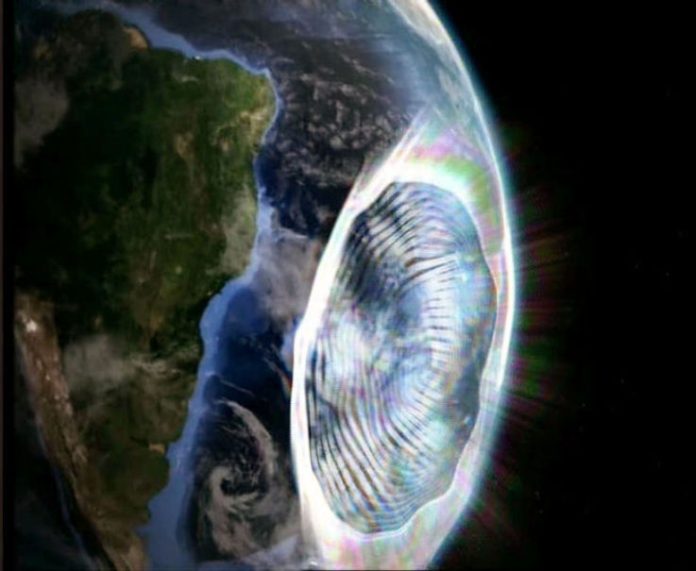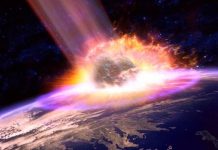
There is a bizarre region in space just above Brazil, in Earth’s orbit, where computers on the International Space Station routinely crash, telescopes and satellites malfunction, and astronauts report seeing strange lights flash before their eyes. Although the region is technically referred to as The South Atlantic Anomaly, some have taken to calling it “The Bermuda Triangle of Space,” reports New Scientist.
However, unlike the mythical Bermuda Triangle, which the National Oceanic and Atmospheric Administration has officially debunked, there’s nothing mysterious or unreal about the Bermuda Triangle of Space (BTS). Scientists acknowledge it exists, and have begun to map out its boundaries.
The anomaly is part of the Van Allen Radiation Belts, a ring of trapped solar radiationbetween about 1,000 and 6,000 kilometers above the planet’s surface. The reason it exists is because the Earth’s magnetic field is not uniform; there are weak points. One such weak point exists where the BTS sits. Radiation from space is able to penetrate relatively close to Earth’s surface here.
Recently a team of Italian scientists were able to better calculate the boundaries of the BTS by re-analyzing data recorded by a decade-old satellite, called BeppoSAX, which routinely passed through the region. They found that radiation levels in the lower layer of the BTS were much less than in the upper layers, and that the anomaly was slowly drifting east. Each year it edges about 34 kilometers closer to Africa, which means that by 2114 it should be centered somewhere closer to the coast of Namibia.
Although these results were mostly congruent with previous research, they did offer a more detailed picture of what’s happening in Earth’s magnetosphere. By having a firmer understanding of the boundaries of the BTS, space agencies can more effectively manage the sensitive equipment that exists on the International Space Station and on satellites which frequently pass through the region.
The good news is that beachgoers in Brazil have nothing to fear, despite the fact that this space hazard sits just a few hundred kilometers above their heads. While the band of radiation present in the BTS comes abnormally close to Earth’s surface, it doesn’t actually stretch all the way to terra firma. Radiation levels below 200 kilometers here are mostly the same as anywhere else on Earth.














